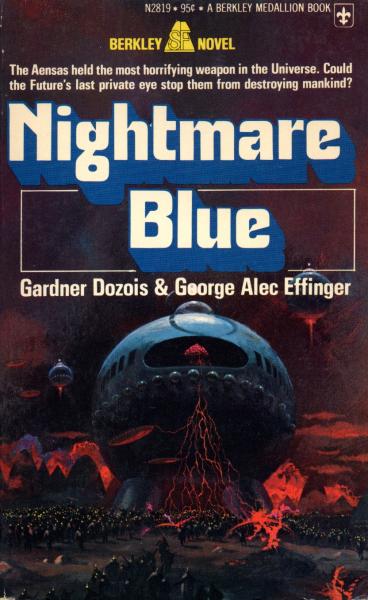
Photograph of Gardner Dozois at ClarionWest in 1998 by Ellen Levy Finch
Gardner Dozois, editor and writer, died this afternoon (27 May 2018) in hospital after a brief illness. He was 70 years old.
He was already an accomplished young writer when he began his first high-profile editorial gig, succeeding Lester Del Rey as the editor of the E. P. Dutton hardcover annual THE BEST SCIENCE FICTION STORIES OF THE YEAR, the 1977 sixth volume, and continuing to edit that series for five volumes, through 1981, some reissued in paperback. He began editing his current series of best of the year volumes, for Bluejay Books/St. Martins beginning with a volume for 1984; the 35th volume is scheduled for publication in July. In late 1985, he also took on the editorship of ASIMOV'S SCIENCE FICTION magazine, continuing till 2004; his former assistant, Sheila Williams, has been editing the magazine in the years since. He has also edited notable series of anthologies with Jack Dann, George R. R. Martin and others.
 |
| forthcoming |
He was a consistently gregarious presence at conventions, and has been among the key editors in the field throughout his career. His wife, writer Susan Casper, died last year; though we both lived in Philadelphia, I had not yet met Dozois, but attended her funeral. I didn't choose to intrude on him at that time, though I was able to speak with fellow attendees I did know such as Ellen Datlow and Scott Edelman.
First and last Dozois issues
Through our recent correspondence, I'd learned from Dozois that the books and fiction magazines of his, which he had signed in Ex Libris fashion, I bought at a notable local secondhand shop had been gifts to friend he'd come across one afternoon as she was selling them to that same bookshop.
His death was unexpected, and he will be missed by readers and writers who have never met him as well as his family and many good friends.
Todd Mason
first novel:
first collection:



























